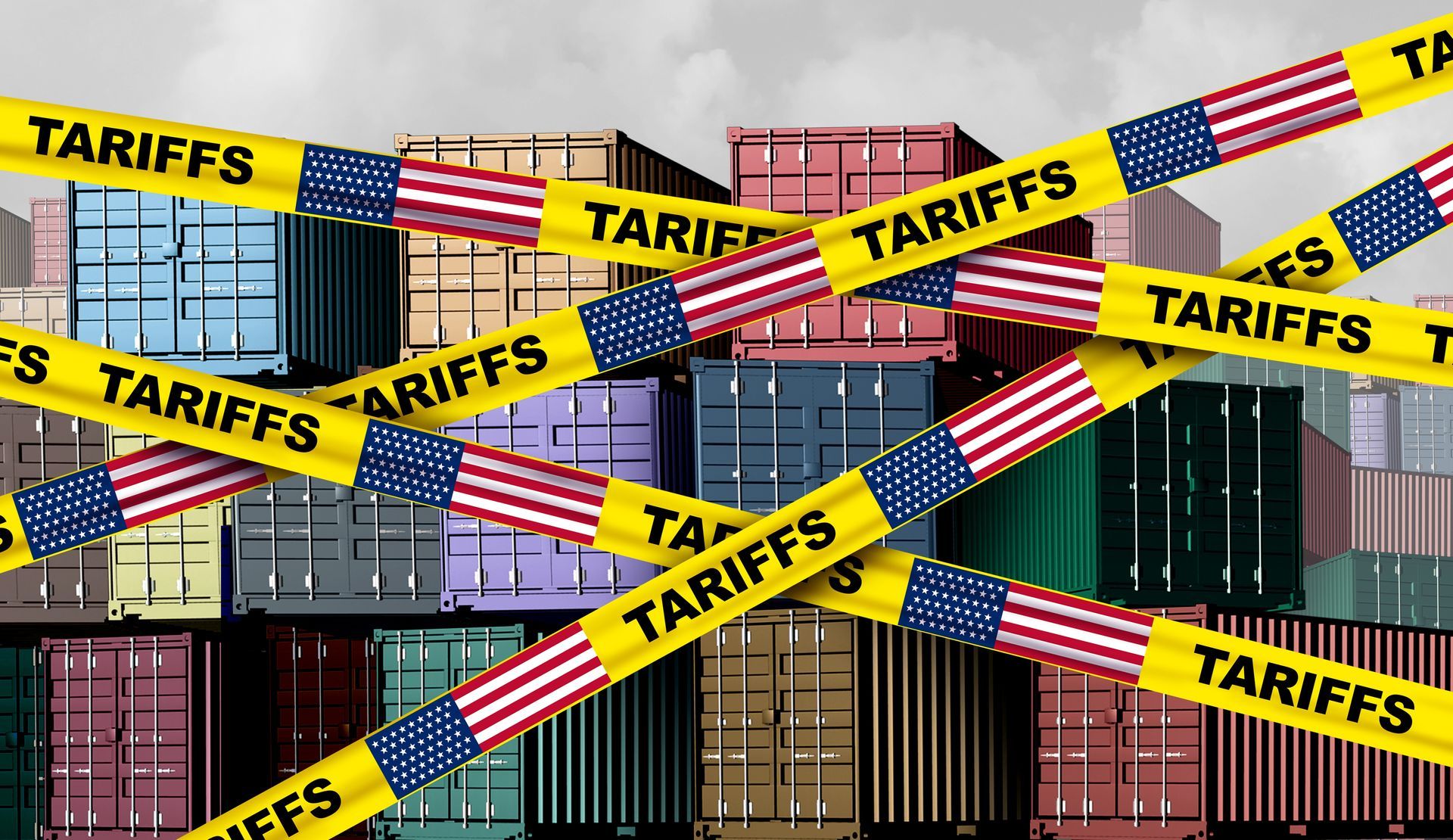Steel and Aluminum Tariffs: Key Changes and Upcoming Deadlines
March 12, 2025: A Crucial Date for Steel and Aluminum Tariffs
Starting on March 12, 2025, all countries will face a 25% tariff on steel and aluminum products, as well as on specified derivative products imported into the U.S. An expanded list of derivative products will also be affected by these tariffs. However, the effective date for these additional derivative products hinges on the Secretary of Commerce confirming that an adequate system is in place to process and collect the tariffs efficiently. Once the Annexes listing the expanded derivative products are available, further details will be shared.
Derivatives and Tariff Application
For steel derivative products that are not classified under Chapter 73 of the Harmonized Tariff Schedule of the U.S. (HTSUS), the additional 25% tariff will apply only to the steel content of the product. Similarly, for aluminum, any derivative product not classified under Chapter 76 of the HTSUS will incur the 25% tariff only on its aluminum content.
Special Provisions for Russian-Origin Aluminum
There is an important exception for aluminum products: if the primary aluminum used in a derivative product originates from Russia, the tariff rate will increase to 200%. Primary aluminum is defined as newly produced aluminum metal obtained through the Hall-Heroult electrolytic process from alumina (aluminum oxide).
Steel and Aluminum Made in the U.S.
An exemption exists for derivative products made from steel or aluminum that was melted and poured in the U.S. If importers can provide certification to U.S. Customs and Border Protection (CBP) confirming that the steel or aluminum meets the "melted and poured" requirement, the additional tariff will not apply, regardless of the product's country of origin.
Similarly, for aluminum products, importers will need to provide information to CBP identifying the aluminum content in the derivative articles. Further guidance on the required documentation will be issued by CBP as soon as possible.
Changes to Trade Agreements and Exclusions
Effective March 12, all previous trade agreements with countries including Argentina, Australia, Brazil, Canada, the EU, Japan, Mexico, South Korea, Ukraine, the U.A.E., and the UK will be cancelled. Additionally, for steel products from Turkey, a 50% tariff will be imposed.
Exemptions: As of February 11, no new exclusions or exemptions will be granted. However, importers with existing exclusions for steel or aluminum products can still benefit from these until the exclusion expires or the volume is exhausted, whichever occurs first. The Commerce Department has announced that these exclusions will remain valid through their expiration dates.
Adding Products to the Tariff Lists
The Commerce Department has been directed to develop a process for adding additional steel and aluminum products, along with their derivatives, to the tariff lists within 90 days. Domestic producers or industry associations representing steel or aluminum producers can petition the Commerce Department to include new products in the tariff list. The Commerce Department will have 60 days to review each petition and determine whether to add the product to the Annex.
No Duty Drawback Allowed
Importers will not be able to claim a duty drawback on these tariffs, meaning they will not be able to recover the tariff if the products are exported again.
Prioritizing Misclassification Reviews
To ensure proper tariff compliance, CBP is instructed to prioritize the review of steel and aluminum products for proper classification. If products are found to be misclassified in order to avoid the additional tariffs, penalties will be imposed. Notably, CBP is empowered to issue penalties without considering mitigating factors, which could lead to legal challenges in the future.
Aluminum-Specific Provisions
The aluminum tariffs have additional provisions for classification reviews. CBP is also instructed to prioritize reviewing the classification of aluminum articles and their derivatives, with the potential for monetary penalties to be levied at the maximum legal amount if goods are misclassified to avoid paying duties.
Conclusion
These upcoming changes will significantly impact the steel and aluminum industries, with numerous provisions to ensure compliance. Importers, exporters, and manufacturers in the steel and aluminum sectors should stay informed about the latest developments and ensure their operations are aligned with these new tariff regulations.
Get actionable advice on cost-saving strategies that boost your bottom line.
Subscribe here:




















